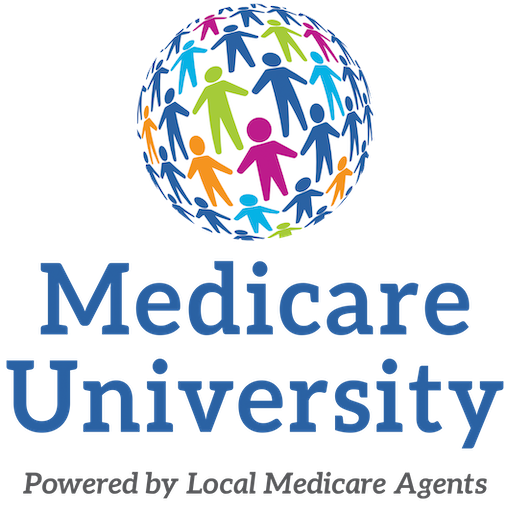
Key Takeaways
- Understanding coverage rules helps avoid gaps and ensure proper prescription drug coverage
- You cannot have both Medicare Part D and Medicare Advantage drug coverage simultaneously
- Medicare beneficiaries must choose either a standalone Part D plan or Medicare Advantage plan with drug coverage.
Medicare’s prescription drug coverage rules can be complex, especially when considering multiple insurance plans. Understanding these regulations is crucial for making informed healthcare decisions. Let’s explore the specific rules about having multiple drug coverages under Medicare and what options are available to beneficiaries.
Medicare’s Basic Rules for Prescription Drug Coverage
Medicare has strict guidelines regarding prescription drug coverage to prevent duplicate coverage and ensure efficient healthcare delivery. According to Medicare rules and regulations, beneficiaries cannot be enrolled in both a Medicare Advantage plan with drug coverage and a standalone Medicare Part D plan simultaneously. This limitation exists to prevent coverage overlap and unnecessary costs. When considering Medicare coverage options, it’s essential to understand that Medicare Part D prescription drug coverage works in conjunction with Original Medicare, while Medicare Advantage plans often include built-in drug coverage. The medicare health drug plans available must align with specific requirements set by Medicare and medicaid programs quarterly to maintain compliance and ensure beneficiaries receive appropriate coverage without duplication. For California residents, understanding the medical matching plan policies is particularly important when navigating these coverage options.
Understanding Medicare Part D Prescription Drug Coverage
Medicare Part D prescription drug coverage serves as the primary medication insurance for many beneficiaries. The program operates under specific guidelines, including the part d prescription drug framework established by Medicare. When evaluating one medicare part d plan against another, it’s crucial to understand that you can only have one active prescription drug plan at a time. The medicare program home health provisions work alongside drug coverage to ensure comprehensive care. Medicare benefits include various prescription drug options, but the rules explicitly prevent dual enrollment in multiple drug plans. The home health prospective payment system influences how these benefits are administered and paid for. Understanding these limitations helps beneficiaries make informed decisions about their prescription drug coverage while avoiding potential penalties or coverage gaps.
Dual Coverage Scenarios with Medicare Advantage Plans
While you cannot have two Medicare drug plans simultaneously, there are specific situations where you might have overlapping coverage from different sources. Medicare Advantage plans often include prescription drug coverage as part of their comprehensive benefits package. The medicare and medicaid programs quarterly listing provides updated information about available plans and coverage options. For those considering the U.S. house of representatives healthcare initiatives, it’s important to note that these programs may affect coverage options. The matching plan policy for Medicare Advantage must align with federal guidelines while providing comprehensive coverage. Understanding the U.S. house of representatives healthcare policies helps beneficiaries navigate their coverage options effectively while maintaining compliance with Medicare rules.
If you have questions about Medicare prescription drug coverage or need help choosing the right plan, our licensed Medicare agents in Fresno are here to help. Visit our office or call us at (559) 366-4734 to schedule a free consultation. Our experienced team will guide you through your Medicare options and help you find coverage that fits your needs and budget.
FAQs
Can I have Medicare Part D and Medicare Advantage drug coverage at the same time?
No, you cannot have both Medicare Part D and Medicare Advantage drug coverage simultaneously. Medicare regulations prohibit dual enrollment in these plans to prevent coverage overlap and unnecessary costs.
What happens if I try to enroll in two drug plans?
If you attempt to enroll in a second drug plan, your current plan will be automatically terminated, and you’ll be enrolled in the new plan.
Are there any exceptions to having dual drug coverage?
Yes, in some cases you may have coverage from other sources (like employer or union coverage) alongside Medicare, but you cannot have two Medicare drug plans simultaneously.
How do I choose between Medicare Part D and Medicare Advantage drug coverage?
Consider factors like cost, coverage network, formulary, and additional benefits when choosing between these options. Consult with a licensed Medicare agent for personalized guidance.
What if I have Medi-Cal and Medicare?
If you have both Medi-Cal and Medicare, you may be eligible for special programs that coordinate your benefits, but you still cannot have multiple Medicare drug plans.

 Safeguarding Against Medicare Fraud: Essential Steps to Protect Yourself and Report Suspicious Activities
Safeguarding Against Medicare Fraud: Essential Steps to Protect Yourself and Report Suspicious Activities